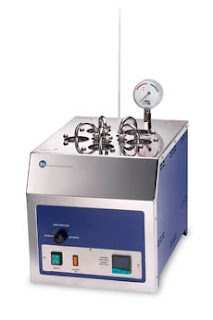Definition: "Aromaticity is a chemical property in which a conjugated ring of unsaturated bonds, lone pairs, or empty orbitals exhibit a stabilization stronger than would be expected by the stabilization of conjugation alone."

According to organic chemistry, the structures of some rings of hydrocarbons atoms are unexpectedly stable. It is usually considered to be because electrons are free to move around circular paths of atoms which are alternately "single" and "double-bonded" to one another. These bonds may be seen as a hybrid of a single bond and a double bond, each bond in the ring identical to every other. Such generaly-seen model of aromatic rings ( namely the idea that benzene was formed from a six-membered carbon ring with alternating single and double bonds (cyclohexatriene). The model for benzene consists of two resonance forms, which corresponds to the double and single bonds superimposing to give rise to six one-and-a-half bonds. Benzene is a more stable molecule than would be expected without accounting for charge delocalization.
Significance:
Key aromatic hydrocarbons are benzene, toluene, ortho-xylene and para-xylene. They are extracted from complex mixtures obtained by the refining of oil or by distillation of coal tar, and are used to produce a range of important chemicals and polymers,
















